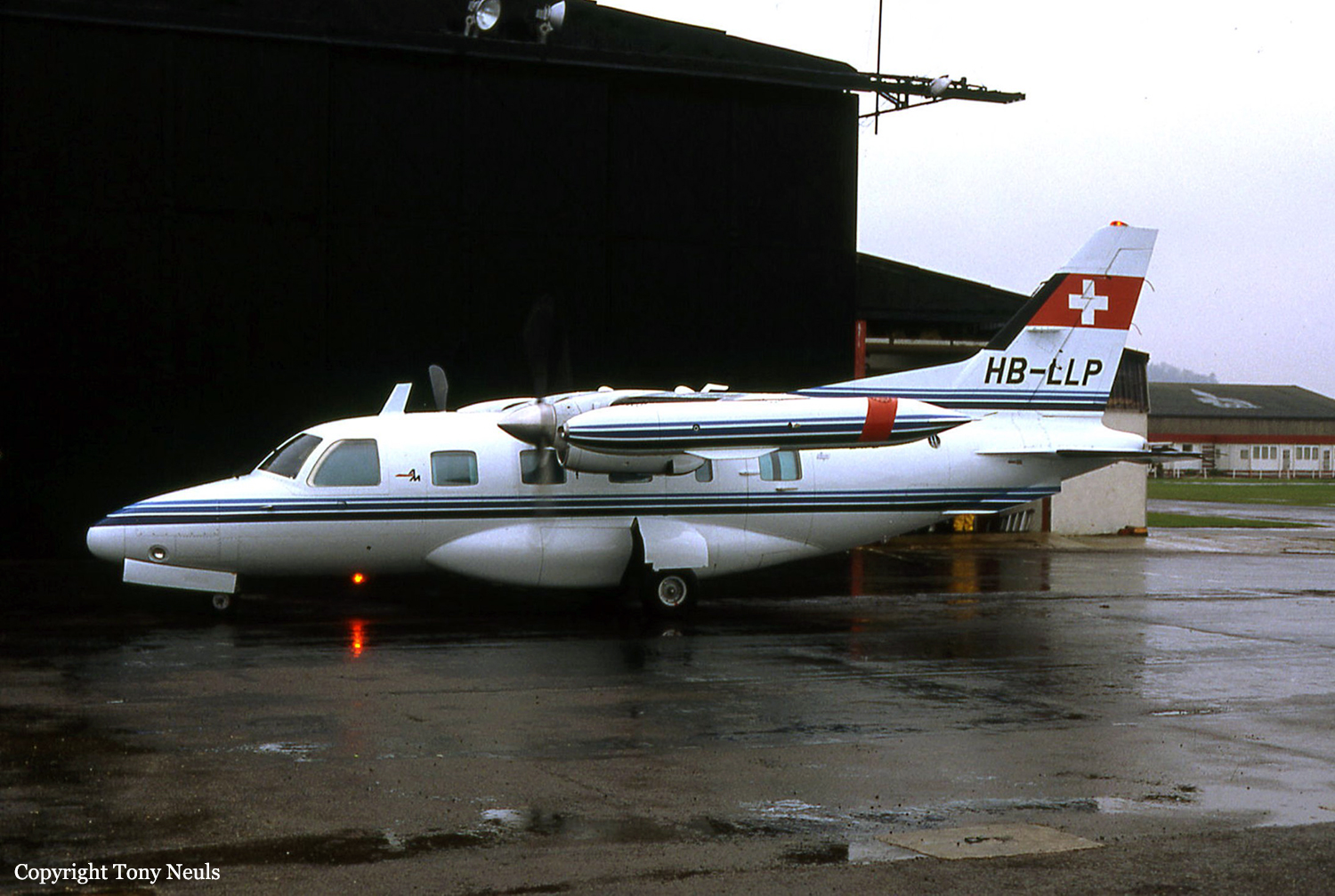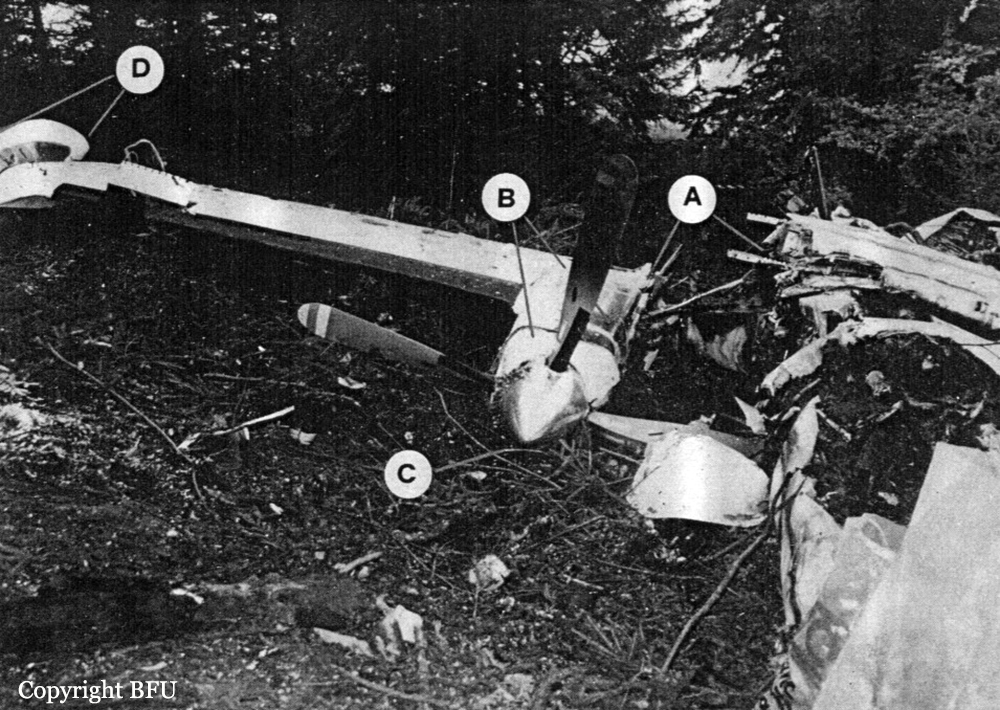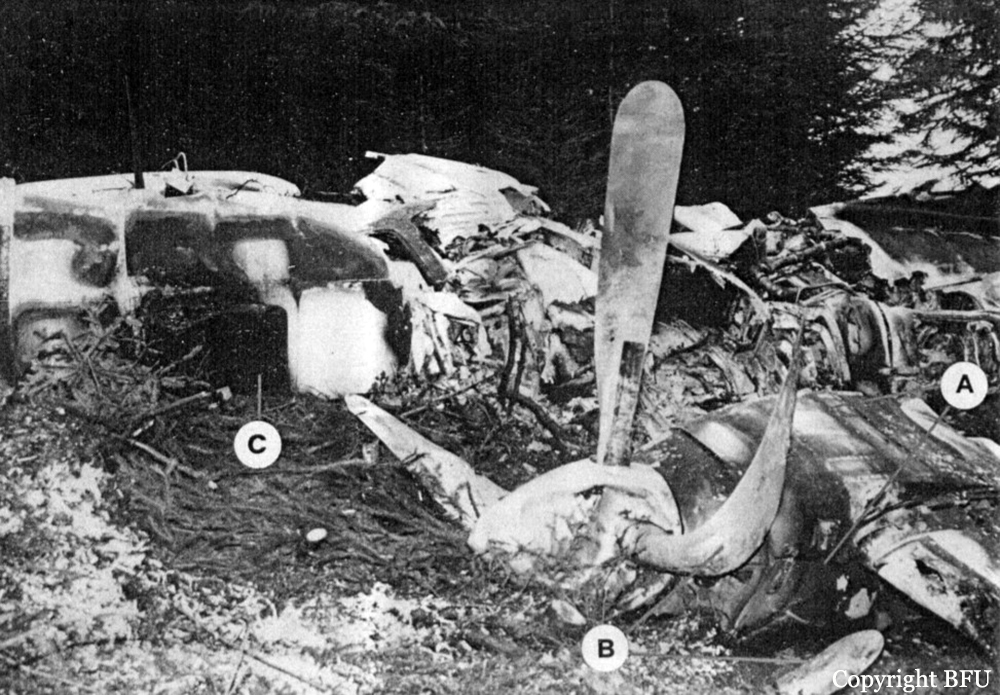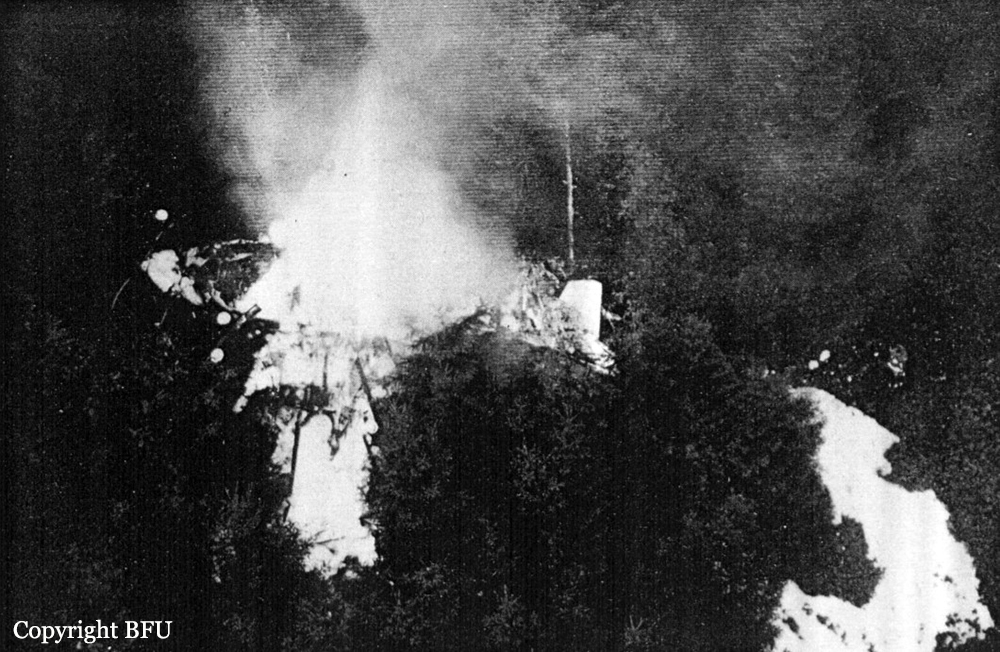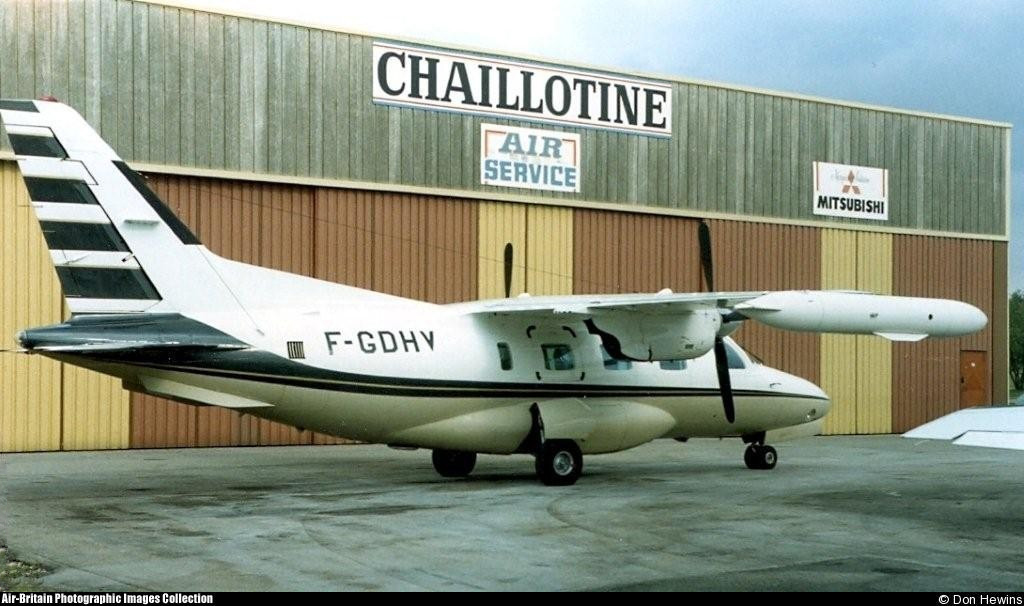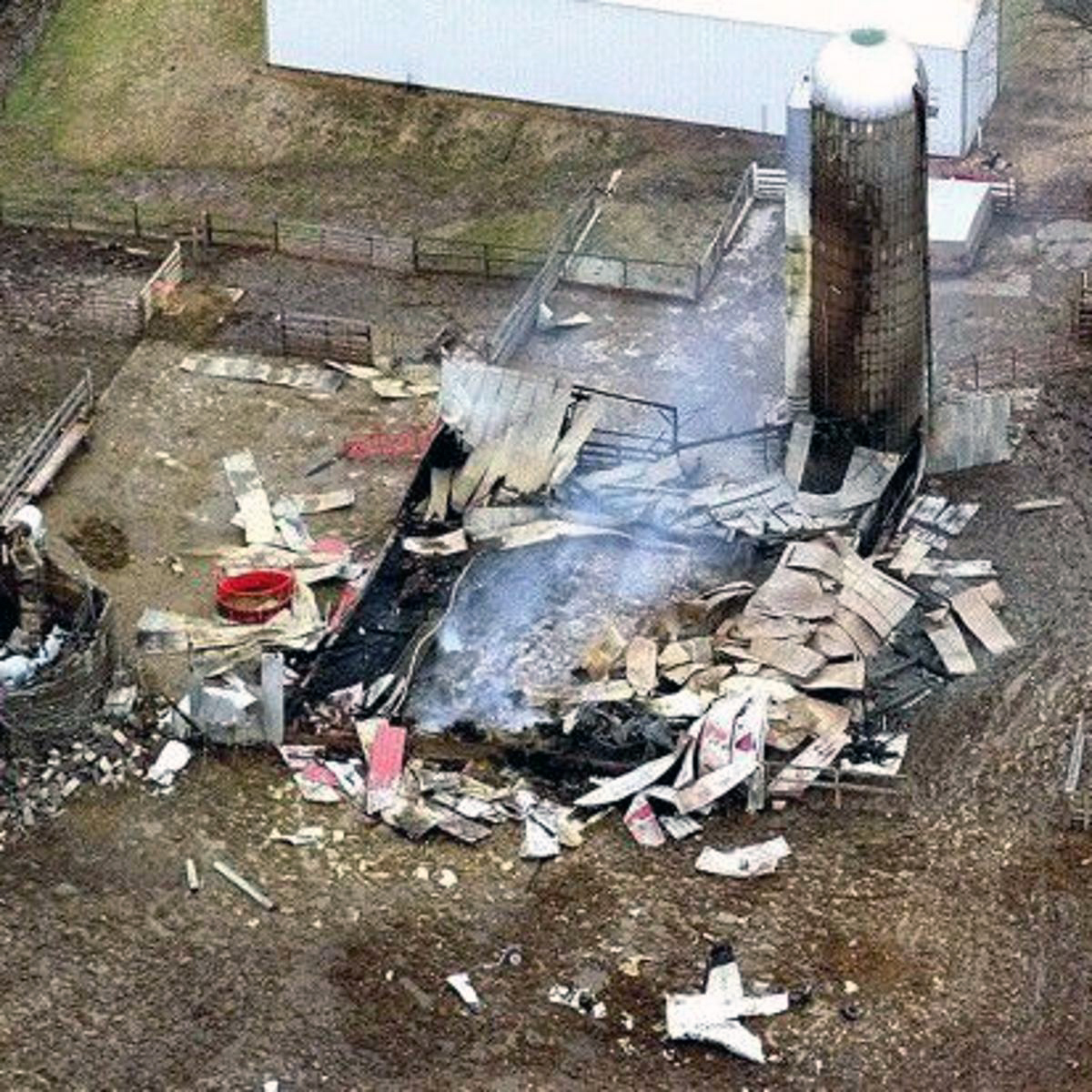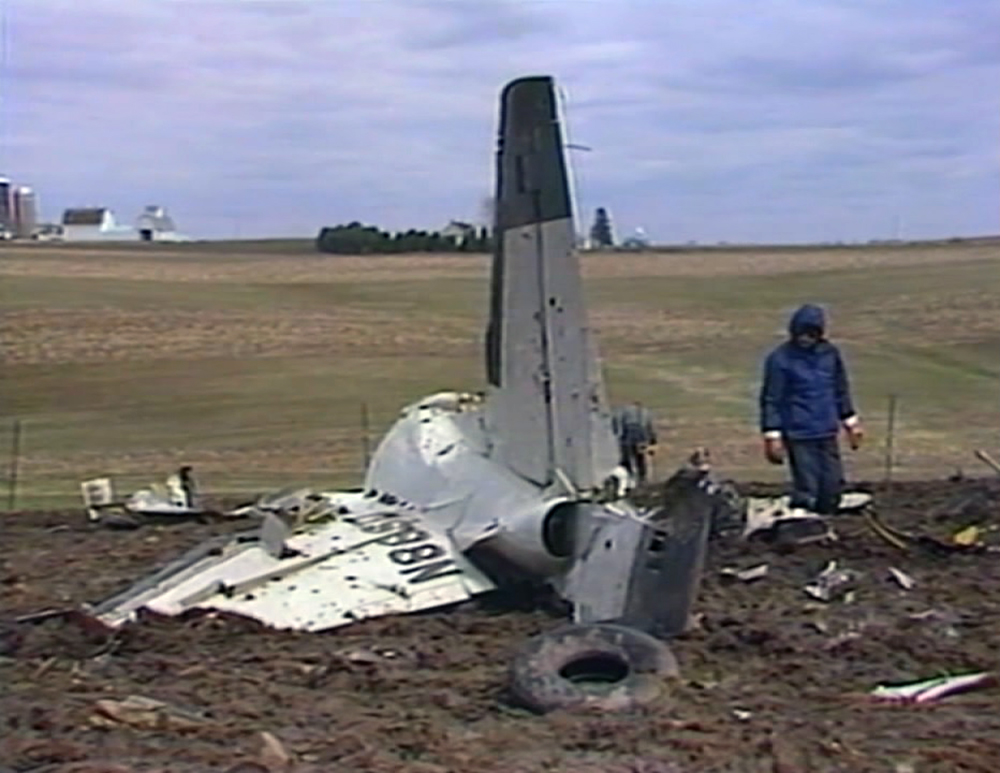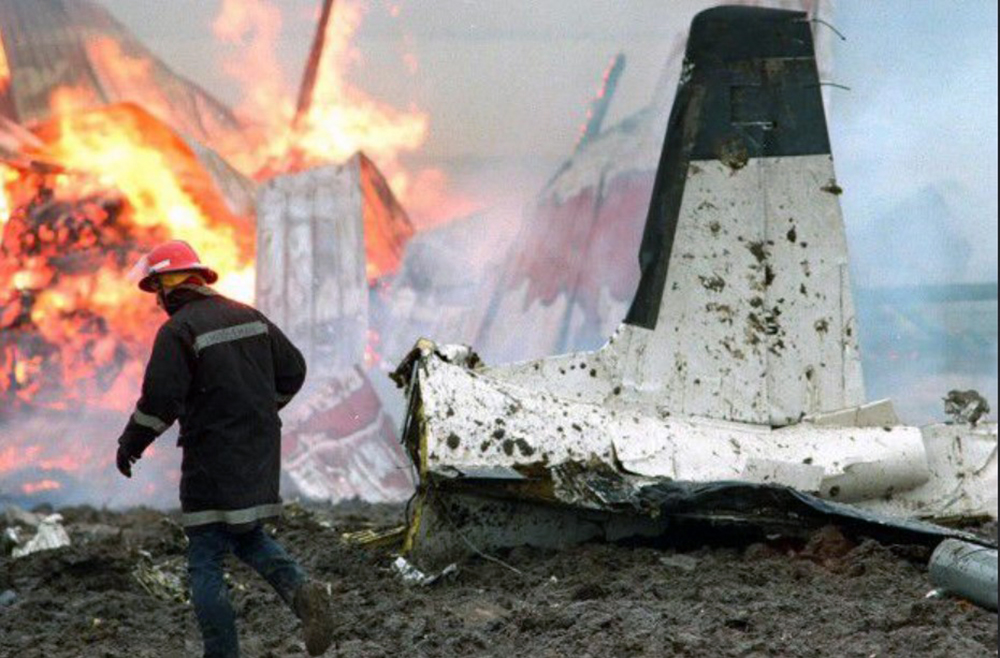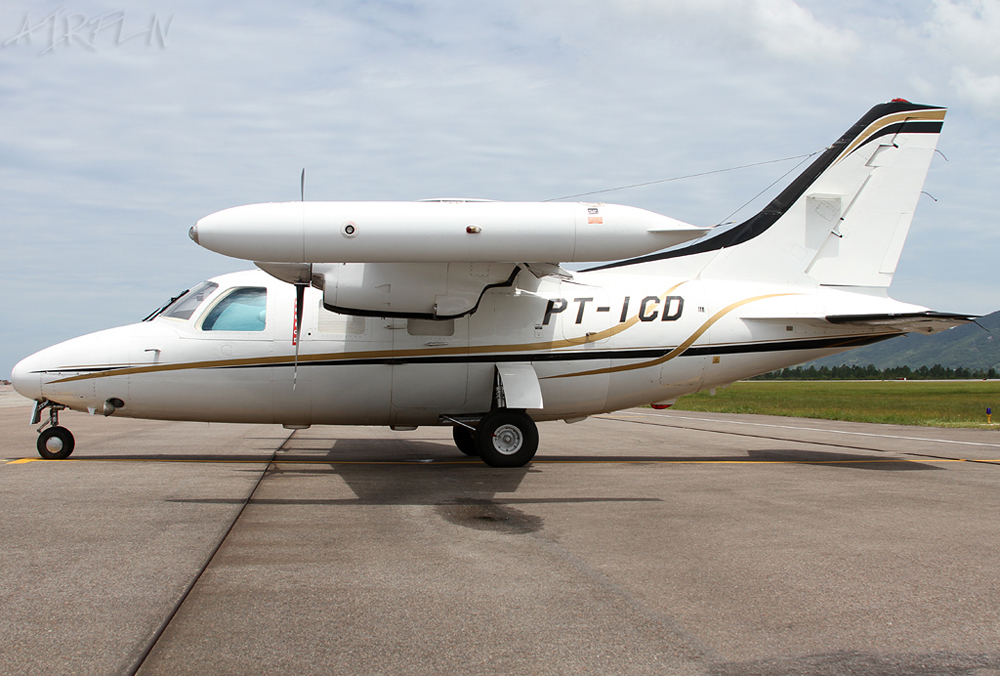Crash of a Mitsubishi MU-2B-60 Marquise in Neuquén: 2 killed
Date & Time:
May 3, 1995 at 2050 LT
Registration:
LV-MOP
Survivors:
No
Schedule:
Neuquén – Bahía Blanca – Buenos Aires
MSN:
742
YOM:
1979
Crew on board:
2
Crew fatalities:
Pax on board:
0
Pax fatalities:
Other fatalities:
Total fatalities:
2
Circumstances:
The twin engine aircraft was completing a cargo flight from Neuquén to Buenos Aires-Ezeiza Airport with an intermediate stop in Bahía Blanca, carrying two pilots on behalf of Encotesa. Shortly after departure from Neuquén-Juan Domingo Perón Airport, while climbing by night, the crew informed ATC about his ETA in Bahía Blanca when control was lost. The aircraft crashed in Chimpay, in the suburb of Neuquén, about 4 km northeast of the airport, bursting into flames. Both pilots were killed.
Crew:
Horacio Ovidio Filippini, pilot,
Valerio Augusto Diehl, pilot.
Crew:
Horacio Ovidio Filippini, pilot,
Valerio Augusto Diehl, pilot.
Probable cause:
The exact cause of the accident remains unclear. The crew did not send any distress call prior to the loss of control. It is believed that the accident was the consequence of a possible in-flight fire or toxic fumes emanating in the cabin due the presence of polyethylene stored in several boxes that were not properly packed according to dangerous goods transportation procedures.




